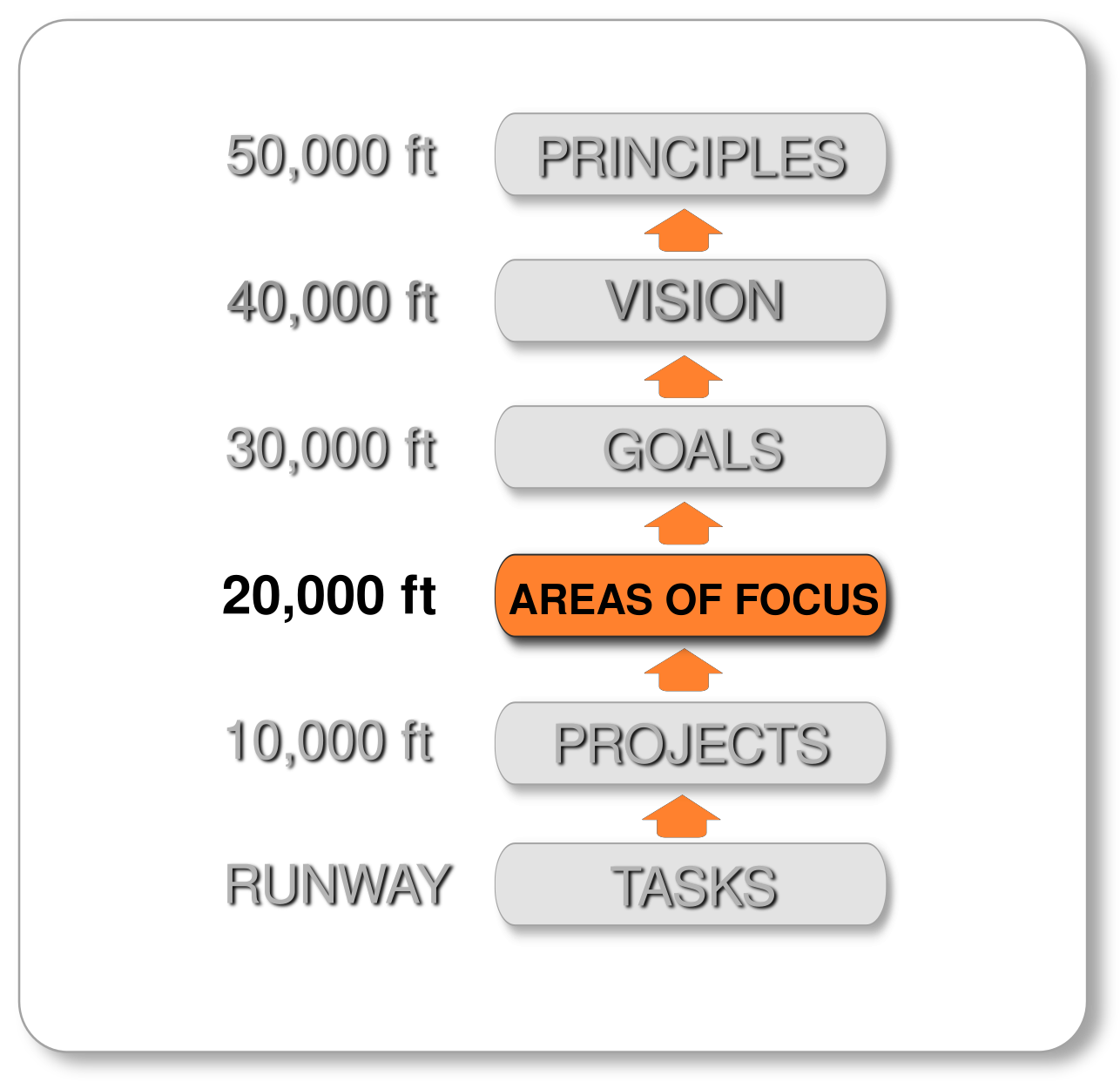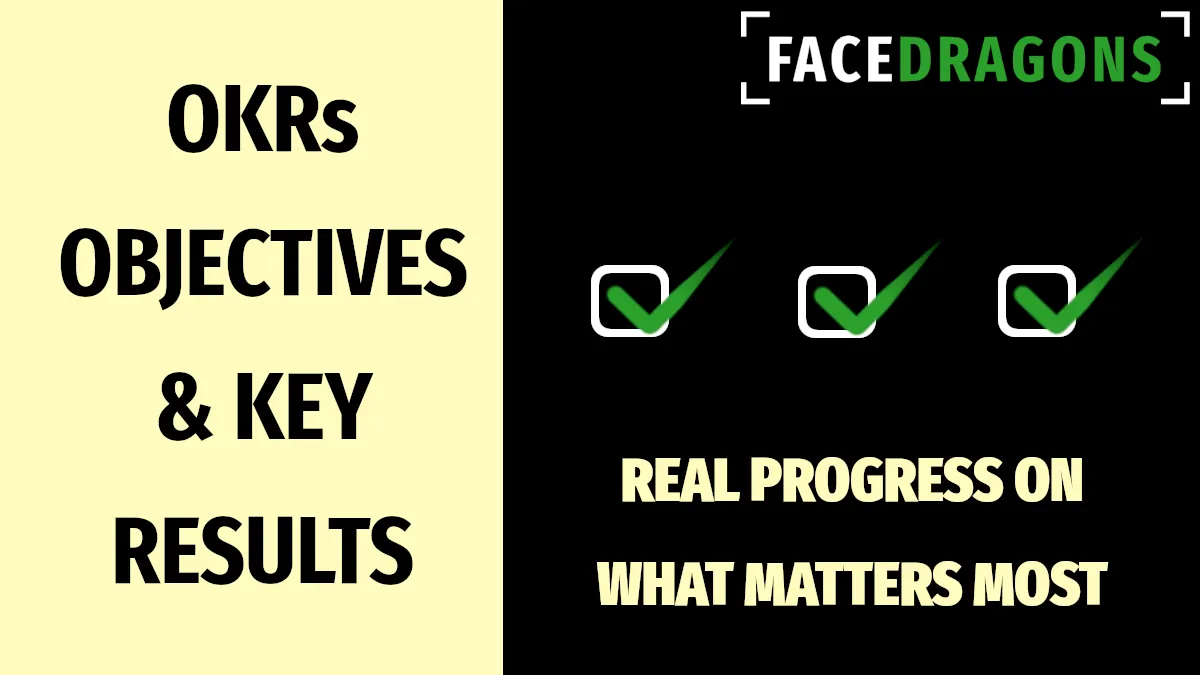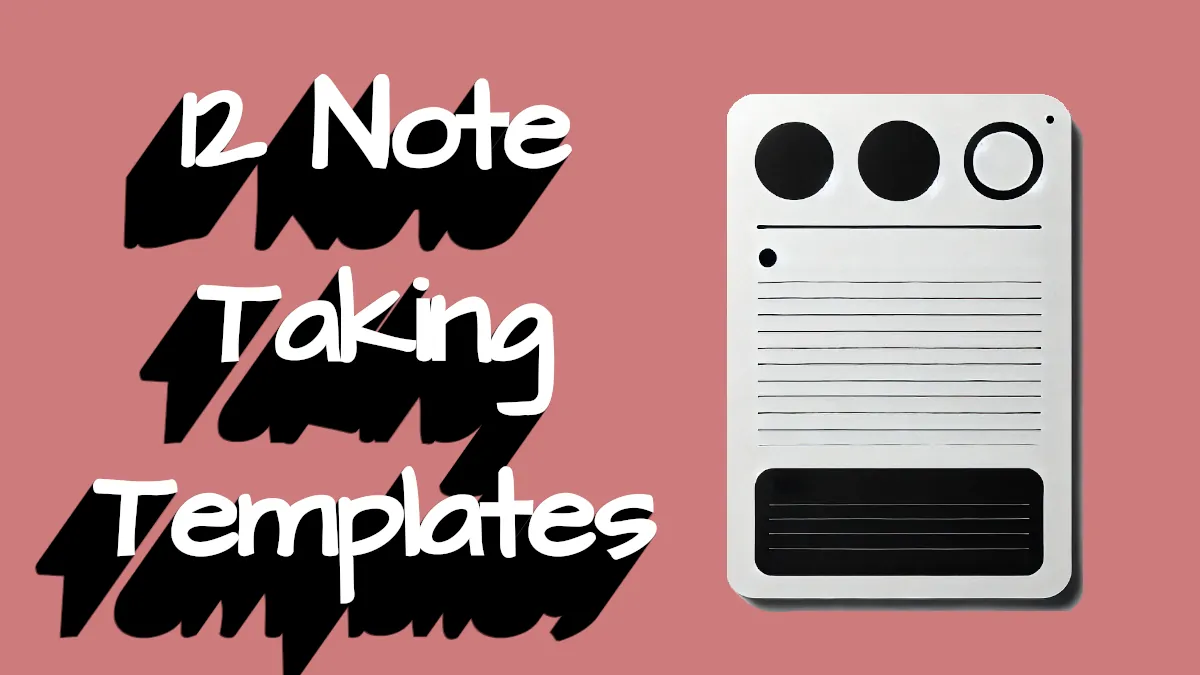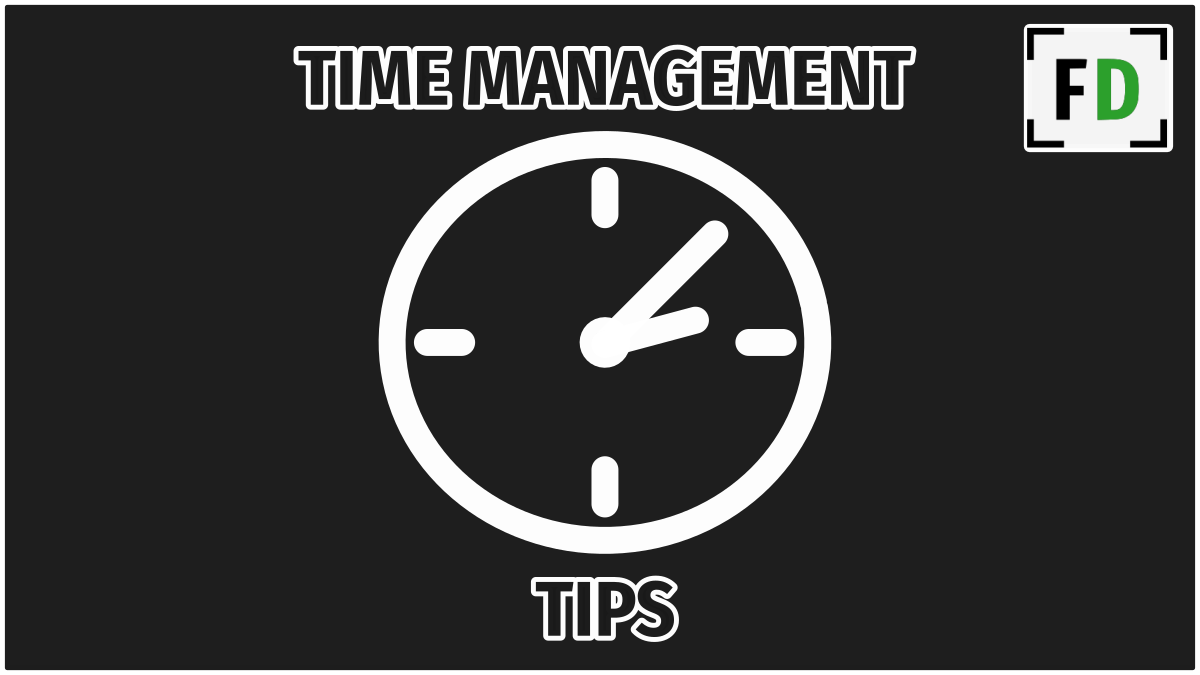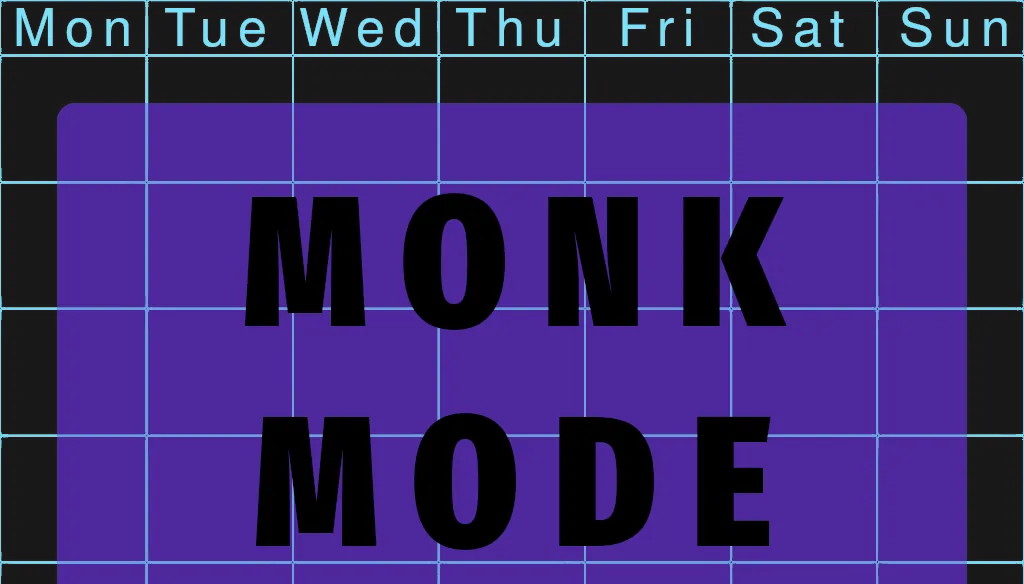
My Areas of focus have gone through several changes over the years but I’ve been happy with the current incarnation almost a decade. At first I wasn’t sure what to include or what was meant to go on my areas of focus. I decided to write this article to clear it up.
This article assumes you already understand GTD.
What are Areas of Focus in GTD?
In GTD Areas of focus are a list of 7-15 areas of your life that you need to maintain. Areas of Focus are the 20,000 feet horizon, above projects and below goals. Most projects and tasks come from the responsibility you have to maintain an area of focus.
“Ask, ‘What do I need to maintain?'”
David Allen – Making It All Work
Don’t think of your areas of focus as just another list you need to maintain for GTD it’s really a blueprint of the most important parts of your life and there are many ways you can use your Areas of Focus to make GTD easier and more effective for you.
Some Examples
David Allen calls these areas the different ‘hats’ that you wear. In the workplace this is a fairly easy distintion to make, someone in HR might wear the ‘Staff Training’ hat and the ‘HR Team Leader’ hat and the ‘Induction Day Orgransier’ hat for example.
But there is more to an areas of focus list than just your work responsibilities.
There are also the other parts that make up the rest of life outside work, some of those may be family responsibilities but other may just be things you enjoy. To find out what Areas of Focus you have ask the question “What do I have to maintain?” Take a look at the examples below:
- Family
- Spouse
- Children
- Social
- Fitness
- Health
- Finances
- Business
- House
- Education
- IT
- Artistic
- Martial Arts
- Hobbies
- Cooking
For more help coming up with your areas of focus, check out this post with tons of examples.
What can I use the Areas of Focus for?
OK so you have this list of things in your life that you need to maintain, so what do you do with it?
Use them as a trigger list
Any time you want you want to do a mind sweep, clear your head or during your weekly review, you can use the Areas of Focus list to trigger tasks and projects that you may not otherwise think of.
It’s difficult to collect all the thoughts and ideas about all the different areas of your life in one sitting without some help. This is where the areas of focus steps in. Use them to trigger thoughts concerning each area.
How to use them as a trigger list?
Take a look at the first area of focus, does it trigger any tasks or projects? Ask your self
- Are there anything you need to do concerning it?
- Are there any problems you need to deal with concerning it?
- Is there anything new or exciting you would like to do concerning it?
Going through your Areas of Focus list asking these questions will trigger all kinds of tasks, projects and someday maybes you can collect and enter into your system ready to be done.
Use the Areas fo Focus to maintain balance in your life
We all go through periods when it feels like all we ever do is work and that we are neglecting some of the other parts of our life (like fun and family.) At other times we might be trying our best to pay attention to all our responsibilities but still we feel out of balance. The Areas of Focus can help here.
Pull out your projects list and Areas of Focus and do a quick check of how many projects you have relating to each. If you find that your projects are hugely biased towards one or two areas, you’ve found the imbalance in your life and you can take steps to adjust. Ask yourself
- Is there an area I have been neglecting?
- Am I focusing too much on any area?
- Is there an area I wish I had more time for?
Common Areas of Focus
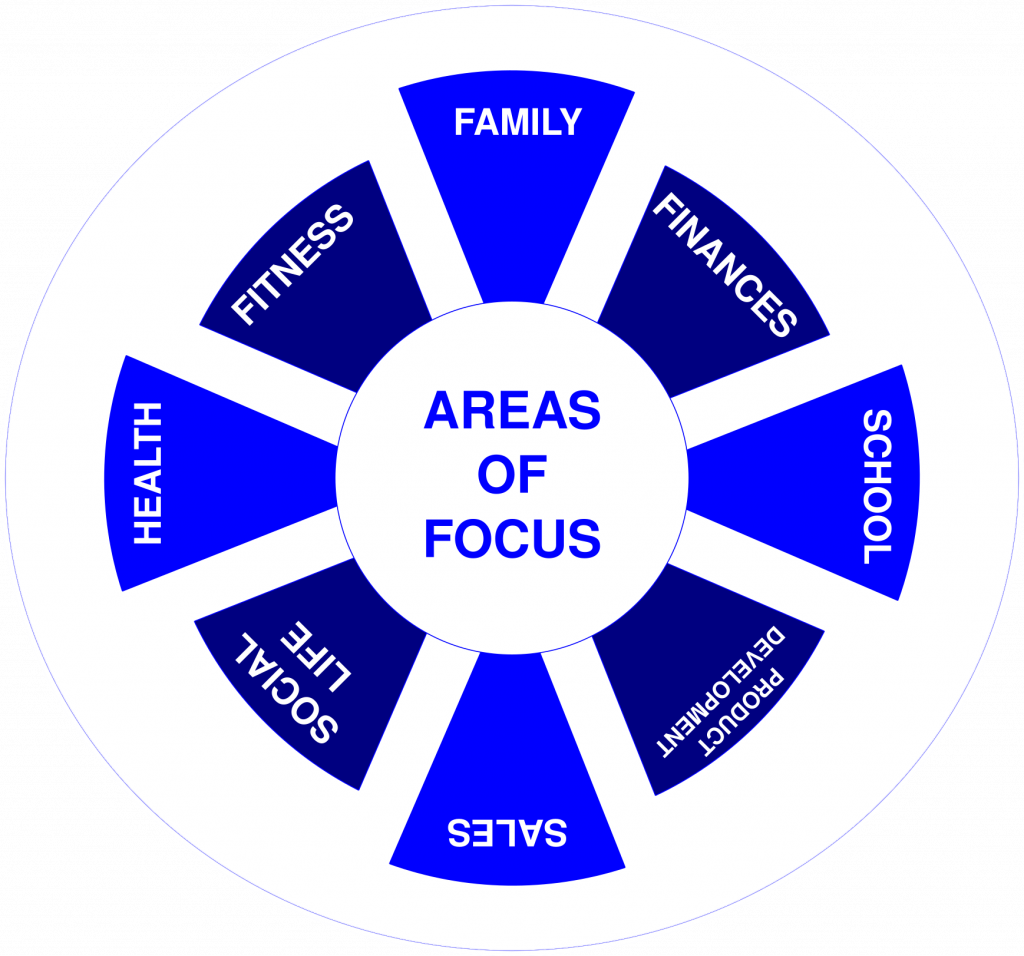
There are some areas of focus that almost everyone is going to have in common. Everyone has to take care of their health, wealth and family etc. Here is a list of common areas of focus
- Children
- Partner
- Family
- Finance
- Health
- Fitness
- Home
Individual Areas of Focus
Aside from the common areas of focus listed above, everyone also has areas of focus that are individual to them. I’ve been practicing martial arts for over 30 years, it’s something that I need to maintain. So it’s one of my areas of focus. Martial arts is an area of focus that’s individual to me.
If you’re struggling to come up with your areas of focus ask yourself “How do you introduce yourself to someone new?” After telling them who you are and what you do for a living, they want to know what else do you like to do. You might be a writer, or a photography, or a horse rider or magician. Whatever it may be put it in your areas of focus.
Areas of focus for work
Everyone who has a job has at least one area of focus related to their job. Most people however are responsible for more than just one thing at work. If you are having trouble figuring out your work related areas of focus, think about what responsibilities you would add to a job description if you were hiring someone to do your job. What would they be responsible for? Those are you areas of focus.
How many should I have?
The ideal number of Areas of Focus is between 7-15. Jordan Peterson advises his clinical clients that they should look at their lives in 7 dimensions: Career, Partner, Things outside of work that are meaningful to you, Children, Family Life, Social Life, drugs and alcohol. He says that anyone not doing well in at least 3-4 of these areas wont be psychologically thriving.
The areas of focus in GTD are the same as Jordan’s areas of life, just subcategorized. Instead of simply career, your areas of focus will include the areas of responsibility in your career. Instead of just “things outside of work” you can list your main interests.
If you find that you don’t have many areas of focus it means your life may be too onedirectional. Which isn’t necessarily a bad thing but you could consider taking up a new hobby or interest
or picking up some new responsibility at work.
On the other hand, if you find yourself with 20 or more areas of focus, and feeling overwhelmed, it might be time to scale back and focus your energies on fewer areas. It doesn’t mean you need to give up a hobby or interest but maybe it could take the back seat for a while while you focus on fewer areas of your life.
Sub Areas
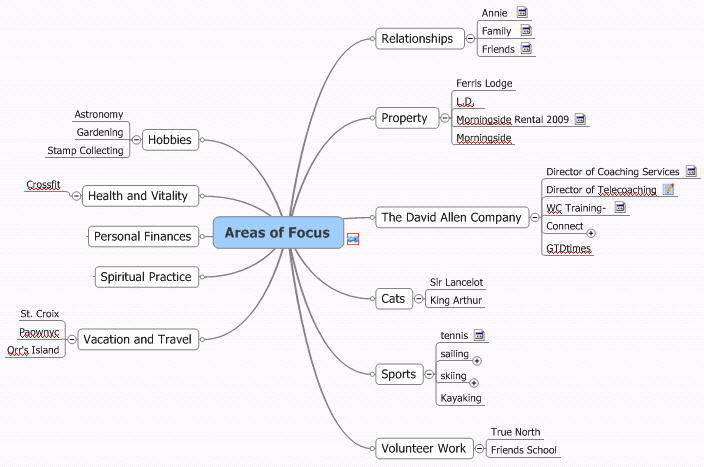
Some of your areas of focus can be broken down into sub-areas. In the diagram above, David breaks down his hobby area in astronomy, gardening and stamp collecting.
My area ‘Fitness’ can be broken down into ‘Strength,’ ‘Cardio’ and ‘Flexibility.’ Or even ‘weightlifting, running and yoga, depending how I’m feeling at the time. The important thing to remember is that these areas and sub-areas are there to help you keep balance in your life and to remind you of tasks you may want to do concerning them. If that means changing yoga to flexibility then just do it.
It also means that creating sub-areas is completely optional, if you find it helpful then stay with it, if not just go back to a simple list of your main areas of focus.
So if you find that you have too many areas of focus, it could be that some of them are actually subcategories. Try to think of the highest category
How to Make a Sub-Areas List
You have lots of choices here. You should already have you main areas of focus list complete, so start with that. Go through each of your areas and ask yourself if there are any areas within it. If you’re not sure whether it counts as a sub-are just ask yourself “Do I ever have tasks relating to this?” If the answer is yes feel free to add it.
I have a rowing machine at home but I don’t count it as a sub category under fitness because I never have any tasks related to it, I just sit on it and go. If you look at David’s examples above, he has 27 sub-areas, this should give you a good idea of how many might be too many.
You could make a simple embedded list like this:
- Family
- Mom
- Dad
- Sister
- Fitness
- Yoga
- Running
- Weight Lifting
This would work fine. If you are more visual though you could consider creating a flow diagram or mind map like David’s example above. You could also make your list of sub areas in a spreadsheet like excel. With your main areas running across the top and sub areas below


